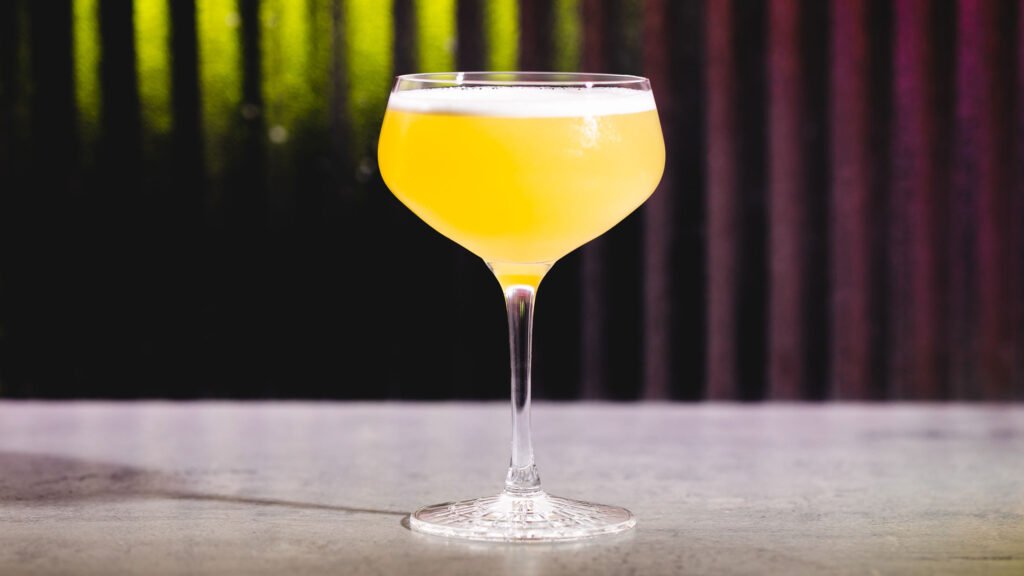[ad_1]
Rye whiskey has come a great distance over the past decade. For what’s arguably America’s oldest spirit, that’s saying so much.
Historian David Wondrich has discovered proof of one thing akin to rye being distilled in Salem, Massachusetts, as early as 1648. Within the following years, rye took root alongside the East Coast and flourished there, particularly in Maryland and Pennsylvania, till the early twentieth century.
Then it vanished. Chalk it as much as Prohibition, the rise of Kentucky distilling, modifications in America’s collective palate or some mixture of all these components and extra. As soon as the nice distilleries shuttered, kinds and strategies have been forgotten. Even within the early days of the bourbon revival, within the 2000s, it seemed like rye would possibly go missed—it’s notoriously laborious to make, and its status as a spice bomb appeared like a drink too far for whiskey novices.
It seems, rye’s return was only a matter of time. In the present day scores of distilleries are making rye, and drinkers have come to embrace its alluring variety. A younger rye, bouncy and herbaceous, is virtually one other spirit fully from one aged 5 years or longer, when barrel-influenced notes of mint, chocolate and vanilla take over. It mixes nicely and drinks simply as properly by itself.
We’re early within the rye renaissance, nevertheless it’s nonetheless potential to guess the place the class is perhaps headed. One clear route is the rise of regionality. Conventional Pennsylvania rye, additionally referred to as Outdated Monongahela, made with malted barley, unmalted rye and sometimes malted rye, is making a comeback, with greater than a dozen distilleries throughout the state embracing the type. Maryland-style rye—made with corn, and bearing a a lot sweeter taste profile—is likewise on the rise, particularly among the many half-dozen or extra distilleries round Baltimore. And Kentucky rye, as soon as dismissed as a tragic shade of the spirit’s previous glory, is profitable respect and recognition as a mode all its personal.
All of this factors even additional to a phrase that many distillers don’t like to make use of: terroir. The final century of commodity-driven, industrial-scale distillation erased any reminiscence of a time when distillers drew on native grain varieties, then distilled and aged their whiskey to attract out nuances. Not anymore. Rosen rye was as soon as immensely widespread amongst distillers across the Nice Lakes; lengthy uncared for, it’s once more being grown for distillation. —Clay Risen
We just lately tried 17 consultant ryes—some previous requirements, some new craft releases—to get an image of the place the class is, and the place it’s going. Listed below are our prime 5.
Editor’s Word: Clay Risen participated within the authentic blind tasting in 2022, however was not current for the newest version. Three out of 5 picks under have been additionally chosen in 2022—tasting notes have been up to date to replicate present releases. As a result of costs fluctuate by market, sure bottles listed under might retail for barely above $50.
[ad_2]


